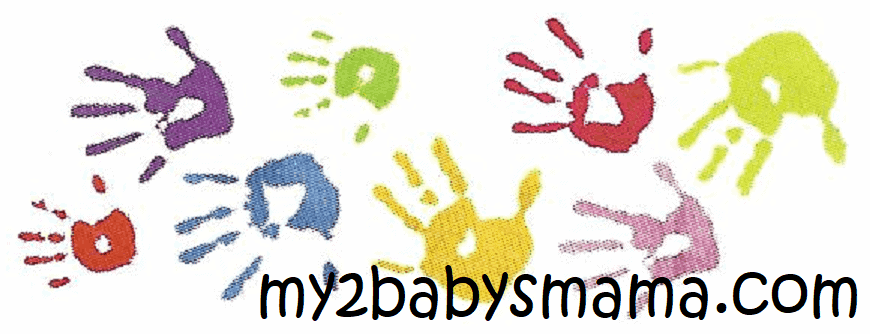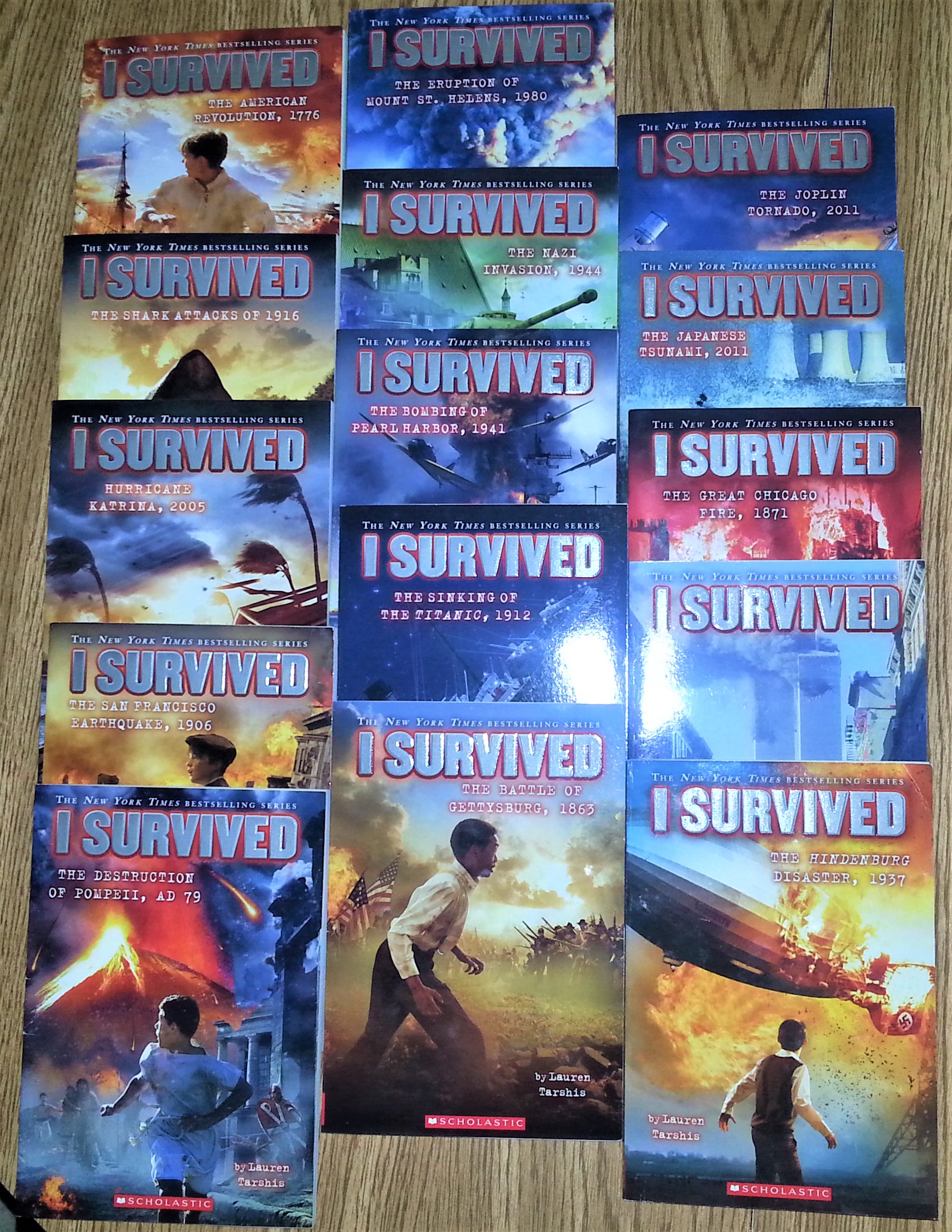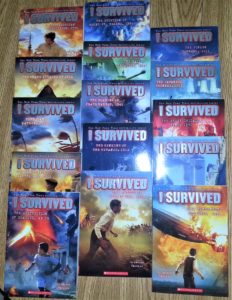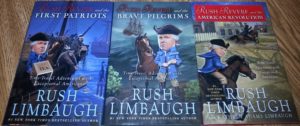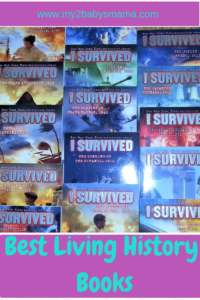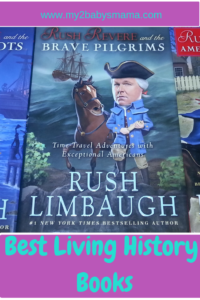Best “Living Books” to Teach History
I love history. As a history geek, I even devoured history lectures in middle school and high school. The stories of people who have gone before us absolutely fascinate me. If I had one superpower I would want it to be “the eyes of history.” I would love to stand on any spot on earth and see what happened at any time in history. Historical sights draw me, and seeing history as described in my favorites books would thrill me to pieces.
Because of that, I wanted my children to share my love of history. Discussing history with my children excites me. However, Super Stuffy has declared that he could care less about history. Bear Bear likes to look at historical sites with me, but I knew that if she only got history from textbooks she wouldn’t like it either. History from a textbook is not all that exciting, even for a history geek like me.
So I knew that I needed to find some interesting history books that were written as stories. They needed to be good quality books and historically accurate. They also needed to have a “catch” that would entice my “reading skittish” children to continue reading them. I found two series that fit this criteria.
I Survived Series by Lauren Tarshis
As of this writing, there are 18 books in this series that I am aware of. These books set a fictional tale in the middle of an important historical event. The titles are:
I Survived:
- The Sinking of the Titanic, 1912

- The Shark Attacks of 1916
- Hurricane Katrina, 2005
- The Bombing of Pearl Harbor, 1941
- The San Francisco Earthquake, 1906
- The Attacks of September 11, 2001
- The Battle of Gettysburg, 1863
- The Japanese Tsunami, 2011
- The Nazi Invasion, 1944
- The Destruction of Pompeii, 79 A.D.
- The Great Chicago Fire, 1871
- The Joplin Tornado, 2011
- The Hindenburg Disaster, 1937
- The Eruption of Mt. St. Helens, 1980
- The American Revolution, 1776
- The Children’s Blizzard, 1888
- The Attack of the Grizzlies, 1967
- The Battle of D-Day, 1944
She has also added three new books that are true stories.
- True Stories #1 – Five Epic Disasters
- True Stories #2 – Nature Attacks!
- True Stories #3 – Tornado Terror!
I have not read the three True Stories books, but I have read most of the other set to both of my children. These books portray history in a real way. The main character(s) is a child around the ages of 9-12. The character is very relatable and you can experience history as you identify with him/her.
History Comes Alive
Each book starts with the character in the middle of the disaster. This creates the hook to keep the reader interested. You can’t leave the book until you find out how he/she survives. The first chapter contains only a couple of pages, enough to whet your appetite for the rest of the book. Then, the second chapter starts anywhere from several hours to a couple of weeks earlier to begin building up to the climax.
Lauren Tarshis introduces each character by name in the first chapter, and then she tells the reader about that character and builds his/her personality as you continue reading. She makes you able to identify with each character and uses enough detail to allow you to imagine being in that character’s shoes. She accurately portrays history from that character’s point of view and puts him/her right in the middle of it. This ability to identify with the character makes the history come alive.
Easy Readability
But her books are also easy to read. The chapters are short, and Super Stuffy can read about a chapter and a half in 30 minutes. I am able to read an entire book aloud in 30 minutes. She uses easily understandable language so that the reader does not struggle to understand what’s going on. In my reading I found it very easy to imagine myself in the action. For this history geek, that ability scores the highest besides actually being able to be there.
However, as an adult, my favorite parts of each book come at the end. After the story ends, Lauren writes two different sections. In the first section she describes some of her process and research that she used to write that story. She tells why she picked that particular event and some of the things that she did in order to write the book. The second section of the book contains historical facts about that particular event. In some books she lists particular dates of important happenings, or in others she just tells a condensed version of the true story. This section summarizes the event so that each reader can solidify the historical facts after reading. At the very end of the book, she gives a list of more resources to read or check out if you want to learn more about that historical event.
In Review
These books serve to inspire a love of history. They put you in the middle of the action and help you experience a little portrait of what it might have been like back then. They are easy enough for a proficient reader(3rd grade and above), and yet as a teacher I find that they will have use as a staple when I start with my project based learning curriculum for history. I believe that this series is the best introduction to history that I have found.
Rush Revere Series by Rush Limbaugh
This series, written by Rush Limbaugh, actually allows the reader to travel back in time to visit the beginnings of the United States. At the time of this writing, there are currently five books in this series:
- Rush Revere and the Brave Pilgrims
- Rush Revere and the First Patriots
- Rush Revere and the American Revolution
- Rush Revere and the Presidency
- Rush Revere and the Star Spangled Banner
These stories start in a middle school with a substitute history teacher, Rush Revere, and his sidekick, Liberty, his time traveling horse. He introduces the entire class to his horse, and then takes three students, Tommy, Cam, and Freedom, to actually travel back in time to meet famous heroes of the past.
Stories about Key Figures and Places in American history
In Rush Revere and the Brave Pilgrims, Rush, Liberty, and the kids travel back to the time of the Mayflower. They meet such people as William Bradford, Miles Standish, William Brewster, and even Squanto and Samoset. They spend time traveling on the Mayflower interacting with the Pilgrims. Then they travel to the New World and experience the difficulties and triumphs of the Pilgrims in building the Plymouth Colony. They even learn the difference between communal living and the ownership of private property. As a special treat, they are all invited to the first Thanksgiving.
The American Revolution
Rush Revere and the First Patriots tells the story of the lead up to the American Revolution. The kids travel back in time and meet American heroes such as Samuel Adams, Benjamin Franklin, and Paul Revere. They witness the Boston Tea Party and the Boston Massacre, and learn what kind of freedom is worth fighting for.
Book three, Rush Revere and the American Revolution, continues the story of the American Revolution by bringing the children back to 1775. This story focuses on Cam, whose father has been deployed in Afghanistan. Cam experiences difficult and angry emotions because of his father’s absence. Rush brings the children back to the American Revolution where they meet such heroes as George Washington and Paul Revere. They see the battles of Lexington, Concord, and Bunker Hill, and witness the signing of the Declaration of Independence. Cam begins to see his dad in a new and special way and realizes the reasons why his dad is overseas fighting.
The War of 1812
In book four, Rush Revere and the Star Spangled Banner, the story highlights Tommy, whose grandfather is ill. Rush Revere attempts to distract Tommy with a trip to Washington D.C. They visit the Washington Monument and the White House, all the while learning about how our government works. When they travel back through time, they meet Francis Scott Key and witness the writing of our national anthem. They also are introduced to Dolley Madison, first lady and wife of President James Madison. They get to see Dolley save an original portrait of George Washington from the fire that destroyed the White House during the War of 1812. Tommy writes down the story for his grandfather and brings it back to share with him.
Book five, Rush Revere and the Presidency, continues the exploits of Rush Revere and the children. In this episode, Cam decides that he wants to run for student body president. He believes that winning this election will be a piece of cake, but changes his mind after Rush brings him back to meet George Washington, Thomas Jefferson, and John Adams. He learns what it takes to be a successful president, and realizes that being president is not all about fame and glory, but about serving others.
In Review
These five books are a little higher in reading difficulty, so I have read the first and will be reading the rest of them to my children. However, these books inspire a love for history in my children through the experiences of meeting the people back in time. The books are also filled with humor through the snarky attitude of Liberty, who takes every opportunity to find things to eat. Each book also has full color illustrations and portraits of people and places that they meet in their travels. These books are exceptional and have become my favorite history books.
Both of these book series provide a great introduction to American history and some world history. They introduce people and places in exciting and remarkable ways, making history come alive and easy to learn. If you haven’t read any of these books, take a moment and check them out! You’ll be glad you did!
